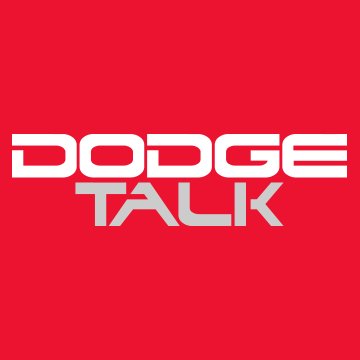The main problem I see with these 3rd gen hemi engines is lifter failures, that then destroy the camshaft, that then eventually if left alone, destroys the rest of the engine circulating the metal particles throughout the engine.
This got me to thinking that: I think I'm gonna get one of those tools to cut open the oil filter after each oil change to inspect the filter element for metal debris. It makes sense to me if I start seeing an unusual amount of material in the pleats of the filter, it would be a sign that this failure is starting and to address it before it turns catastrophic. May be able to even catch it before the camshaft is damaged and be able to get away with just changing the lifters? My understanding is that it's not a problem with the camshaft, it's the lifter that fails and wipes out the cam.
I'm also thinking with these engines it might be worth having the oil analyzed from time to time, tracking for metal in the oil? I've never done an oil analysis before and not sure what the best option is given I would mainly be looking for an increase in metal.
What do you guys think?
This got me to thinking that: I think I'm gonna get one of those tools to cut open the oil filter after each oil change to inspect the filter element for metal debris. It makes sense to me if I start seeing an unusual amount of material in the pleats of the filter, it would be a sign that this failure is starting and to address it before it turns catastrophic. May be able to even catch it before the camshaft is damaged and be able to get away with just changing the lifters? My understanding is that it's not a problem with the camshaft, it's the lifter that fails and wipes out the cam.
I'm also thinking with these engines it might be worth having the oil analyzed from time to time, tracking for metal in the oil? I've never done an oil analysis before and not sure what the best option is given I would mainly be looking for an increase in metal.
What do you guys think?





